Affiliate links on Android Authority may earn us a commission. Learn more.
Fancy a dual-booting Android phone that can play PC games?
Published onApril 12, 2017
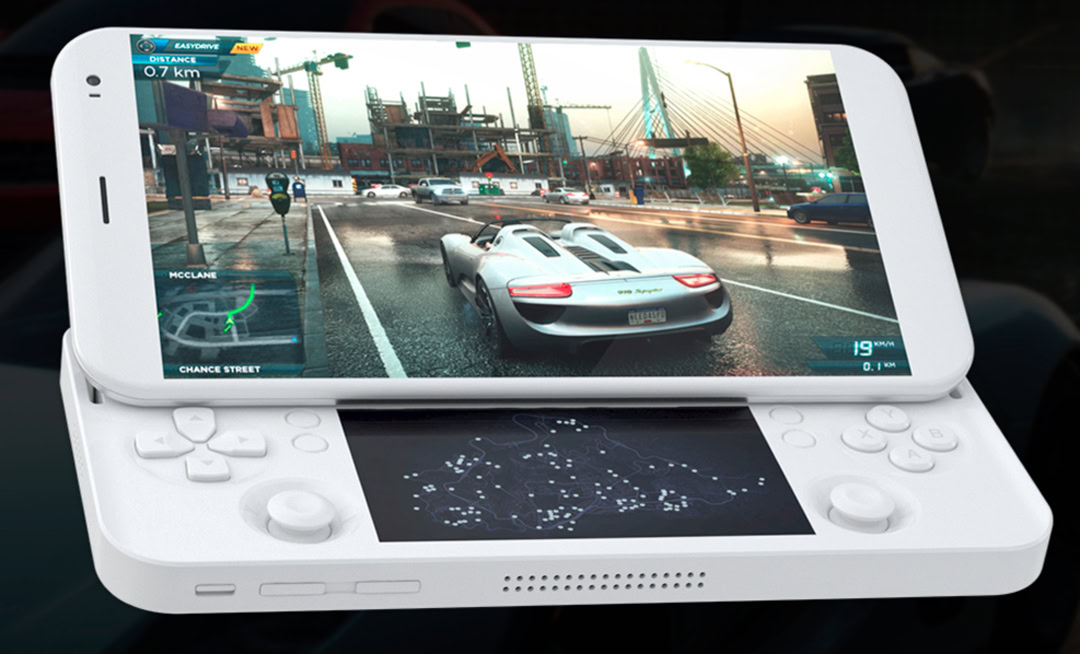
History says you don’t. While this device type has never appeared in this formulation before, others like it have: just remember Nokia’s bizarre N-Gage that went nowhere fast as a goofy attempt at a phone combined with a handheld game system. Don’t know anyone that ever bought one? Neither do I.
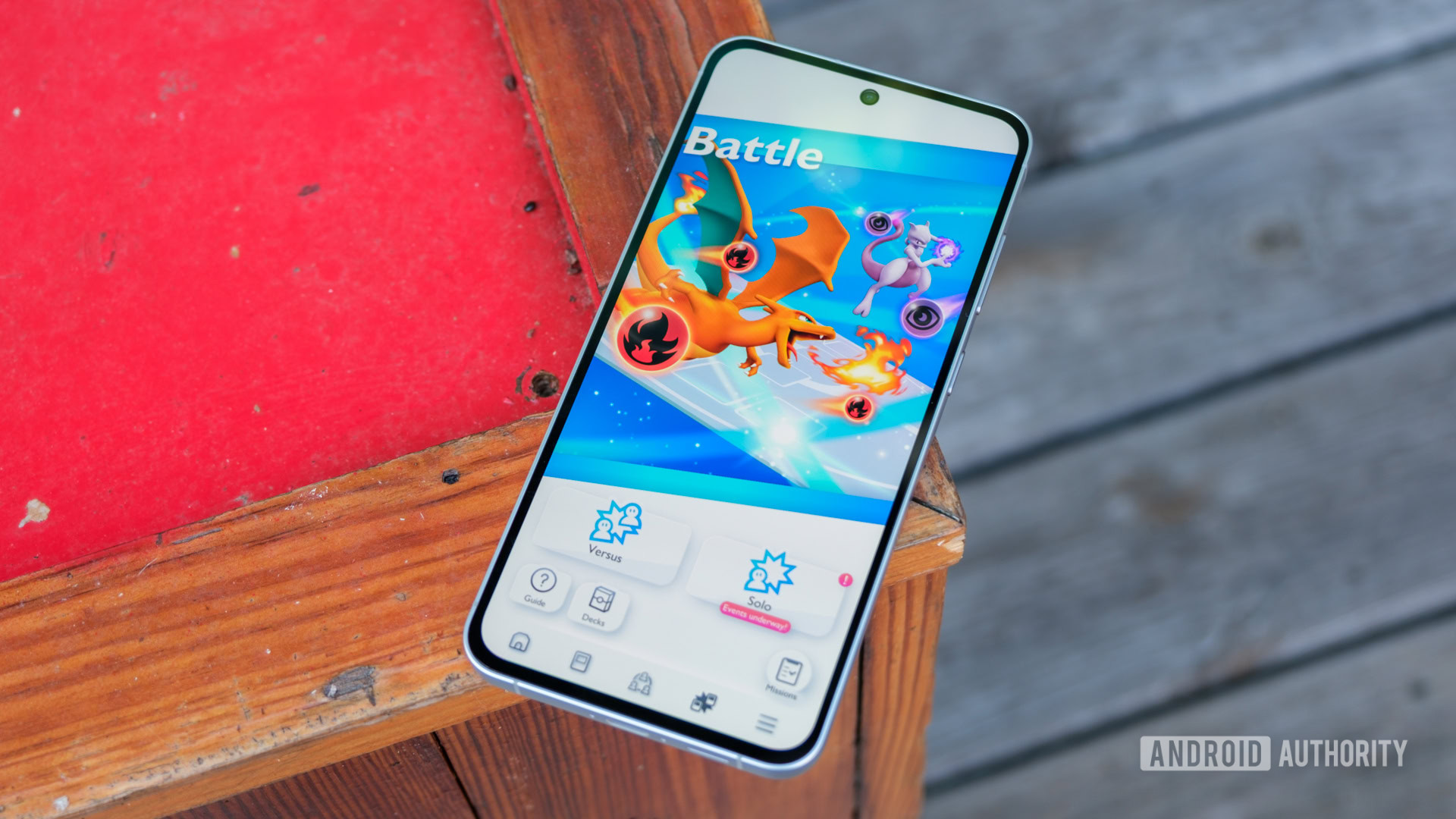
Perhaps the N-Gage’s failure to launch was down to Nokia’s peculiar design, or maybe mobile phones were just not at the point of being able to handle the demands of mobile gaming at the time. Or maybe we just weren’t ready for the hybrid concept back then. No matter the reason, times have changed and smartphones now are more than capable of handling all manner of demanding high-res graphics.
Even when a device is tailor-made for portable gaming by a huge name in the industry, it struggles. The objectively great Playstation Portable called it a day after a decade, despite selling 80 million units globally and offering some serious competition to Nintendo’s DS.
Even the objectively great Playstation Portable called it quits after a decade.
That’s because smartphones have so thoroughly absorbed the role of portable gaming consoles that the need for a dedicated gaming product has largely evaporated. The same can be said of pocket digital cameras.
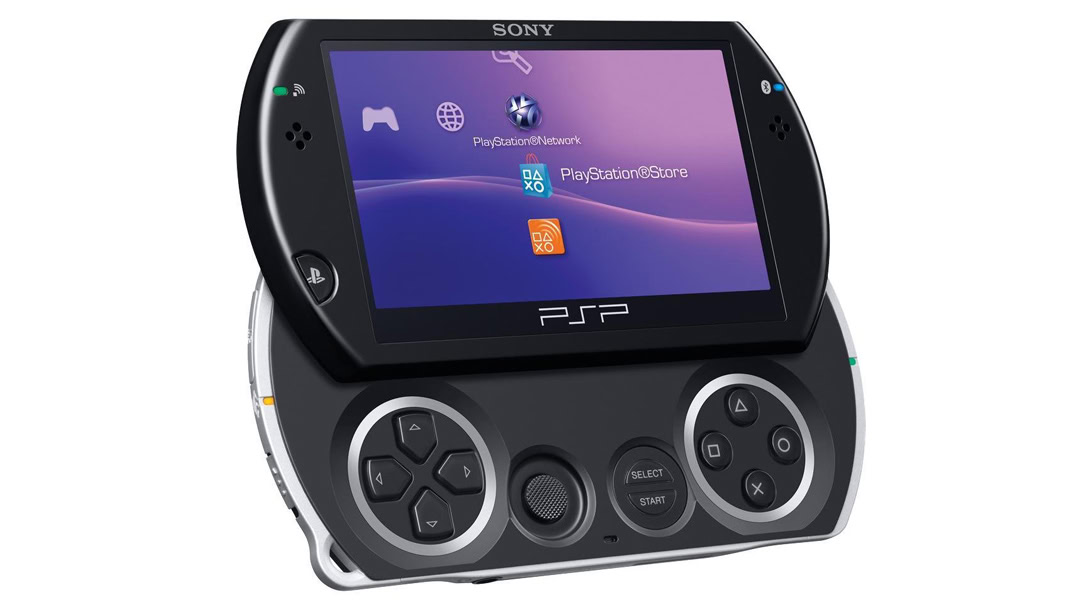
But what if you took an Android smartphone and crammed it full of high end specs, turning it into a portable Windows 10 computer capable of playing PC games? Would that be enough to turn the clock back a decade and reintroduce the concept of the phone/console hybrid successfully? I’m not so sure, but the team at PGS Lab certainly seem to think that this time around the concept will fly.
What if you crammed an Android smartphone full of high end specs, turning it into a portable Windows 10 computer capable of playing PC games?
PGS stands for Portable Gaming System and on paper, it sounds fantastic: an Android smartphone, Windows 10 computer, portable gaming console with dual displays and dedicated controller, super-fast UFS storage, support for peripherals like a mouse, keyboard and monitor, streaming capabilities for Steam, PS4 and Xbox games and a huge 6,800 mAh battery. What’s not to love?
This “first ever smartphone/portable game console/mini-PC hybrid” promises a whole lot, but can it deliver? Well, let’s look at some details. The PGS appeared on Kickstarter a while back and had its campaign mysteriously cancelled, despite actually exceeding its funding goal. The comments section alone is enough to raise your hackles.
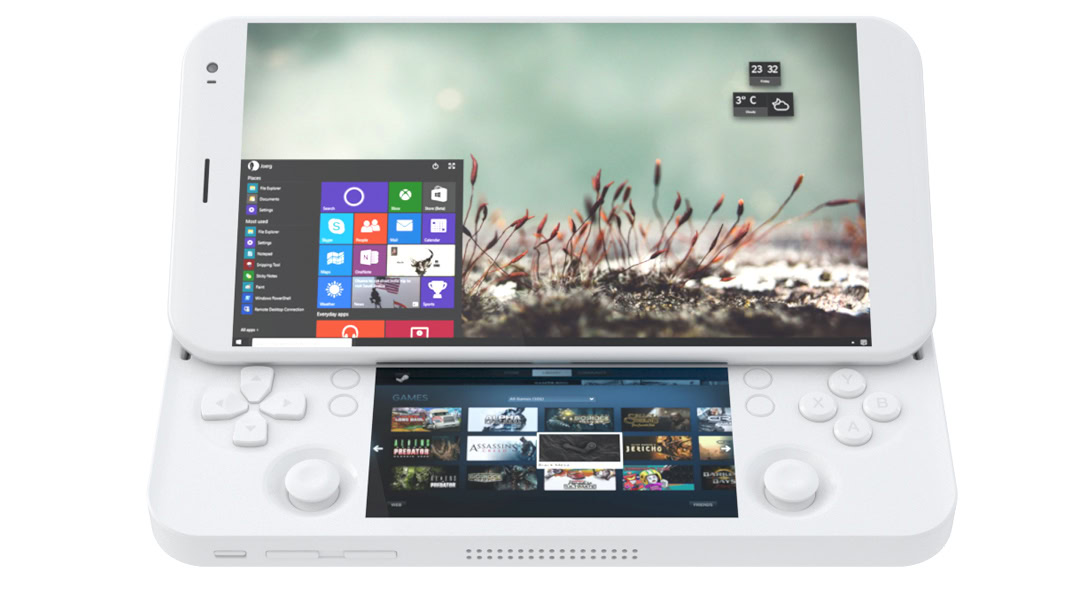
Then there’s the promises laid out on the website. I’m no gaming nerd, but I can’t say I’ve ever heard of anyone lusting after an Atom CPU for PC gaming. Even PGS has noted sub-par frame rates for the titles it mentions, far below the lofty assurances that the device can run the latest and “most performance demanding PC games”. Of course, we’ve never seen convincing evidence of this actually occurring, despite a recent spate of “game performance tests” on YouTube that fail to actually show the hardware.
Even if the PGS can handle some PC games, it's not going to provide a great experience on most titles with that processor.
Even if the PGS can handle some PC games, it’s not going to provide a great experience on most titles with that processor. The HONOR 8 Pro I recently played with can handle Galaxy on Fire 3 at 30 fps, so smartphones are already capable of handling similar frame rates on graphically demanding games. Plus there’s the problem of how to dissipate all the heat from an Atom X7 processor in a device not much larger than your average smartphone.
Then there’s the question of how on earth you get that processor, a secondary MediaTek chipset purely for the Android part of the phone, two displays, 8 GB of RAM (Windows 10) and 3 GB of RAM (Android), 128 GB of UFS storage (Windows 10) and 32 GB (Android), LTE and GPS, two cameras, stereo speakers and a 6,800 mAh battery all in a device that costs less than a smartphone with only half those components. All from a company no one has ever heard of.
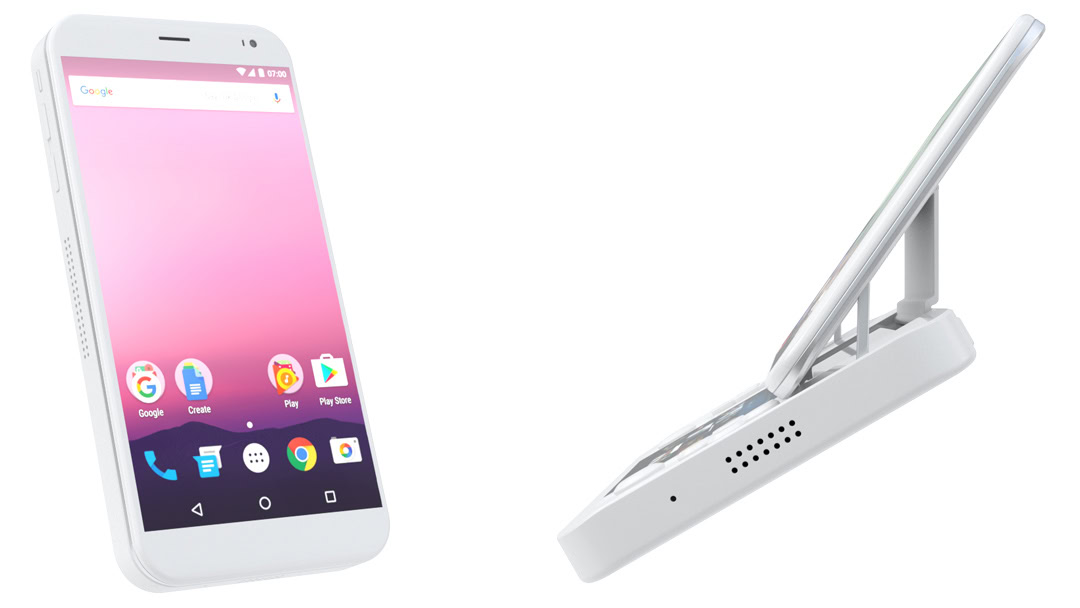
Just look at the facts: smartphones generally aren’t selling as well as they have in the past. Portable gaming systems have largely petered out, even those made by companies as huge as Sony. Devices that attempted to be both phone and portable gaming system have never succeeded. PGS has never built gaming hardware before, can’t have the kind of supply chain connections established OEMs have and yet it can somehow offer double the specs at half the price? I don’t think so.
Perhaps I’m unfairly skeptical, but I can’t think of many “average users” that would even know what to do with a dual-booting smartphone if one did exist. Heck, I know folks that have never swapped a battery or inserted a microSD card in their phones.
The audience for a device of this kind must be unbelievably tiny.
The audience for a device of this kind must be unbelievably tiny. The whole idea feels like a niche inside a niche combined with a notoriously tough-to-conquer niche. Or at worst a scam that looks great on a website with no intention of ever materializing.
On the positive side, the company claims it has secured a deal to produce its handheld hybrid and will be shipping review units by the end of Q2. Its entry-level handheld is cheaper than NVIDIA’s SHIELD and about the same price as a 3DS. The concept of a smartphone that can connect to all manner of PC-like peripherals has gained traction on the back of Windows Continuum and Samsung’s DeX for the Galaxy S8. So who knows, I may be completely wrong and the PGS might bring about a revolution in mobile gaming. But I wouldn’t hold my breath.